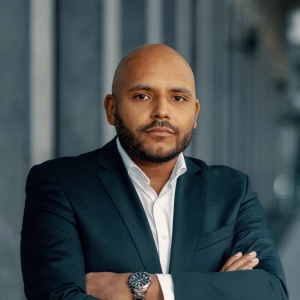Hello guys,
I have been preparing a lot for my McKinsey interviews, and so far it's been extremely helpful. I passed the PST exam and now hoping to replicate the success with the rest of the interview process with your help.
There are some questions I'd like to consult with you on and would greatly appreciate your feedback:
1. I seem to never have enough time to write out my entire framework under 1 minute, even when all I do is penciling down the frameworks from mock case interviews onto paper. I suspect in real live situation, under stress, it would take me at least 10 seconds to think about the whole structure of framework tree, 15 seconds to write out the 3 big areas, leaving me with only 35 seconds to write out the branches for each area. This is only if I write very fast. When trying to write more legibly, I can take up to 2 minutes. So I must be doing something wrong.
Would it be okay to only write a keyword or two when constructing the branches (like "tech"), or in whole phrases (like "acquire key tech")? I was under the impression that my papers would be collected after the meeting for further evaluation by the interviewer, and so things should be clearly defined on paper?
2. While talking through my framework, if I suddenly notice an item I'd missed, would it be appropriate for me to add onto the framework as I speak?
3. At the end of quantitative questions, when I form mini-conclusions and tie them back to the initial question, would it be okay to pause and write these mini-conclusions on paper (so I can come back to it during the "Recommendation" phase), or would it appear disruptive?
4. I heard you can bring your own papers (most people recommend graph papers) into the interview. Would it be okay to pre-label them, so I can appear organize and save time from writing the labels? Like "Business Situation", "Objective", "Clarifications", "Calculations"...etc.
5. During the "Recommendation" phase, I would need to draw findings from all my previous analysis, including key observations, potential risks, areas worth exploring further...etc. It appears that it would be a good idea to label these things as I encounter them through the case, instead of trying to identify them at that last moment. Would you recommend that I color-label them (risk area is red, evidence supporting my hypothesis in green), or that I dedicate a separate sheet of paper to write down these key findings? If it's the latter, I am not sure whether I'm allowed to have time to do that?
Thank you for your patience and I'd greatly appreciate any suggestions on these questions!
Best Regards,
James











